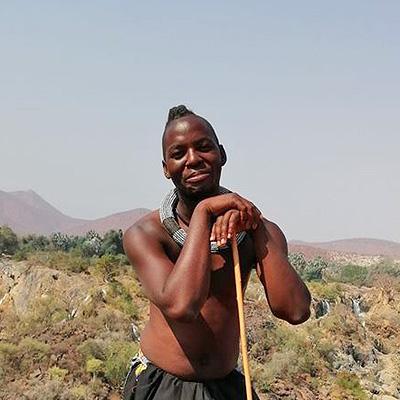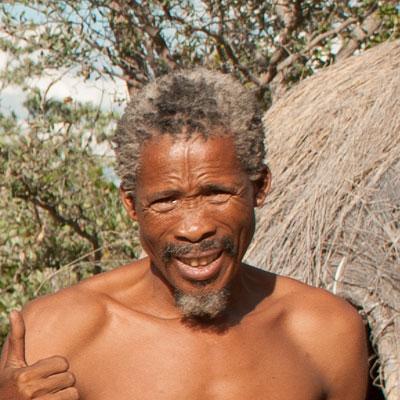Professional filming
Filming in the Living Museums
The Living Museums offer great opportunities for filming in Namibia. Here not only the possibility to film the long forgotten, authentic way of life in the museum is given, but also to get an impression of the modern, African village close by or to experience the Living Museum as development project.
Especially for filming the Living Museums have the advantage that the actors are used to visitors and cameras and some even have experience with film productions (documentaries and semi-documentary movies). Various filmmakers have positively emphasised the professionalism of the performances.
Read a report about filming with Ranga Yogeshwar in the Little Hunter's Museum
Film team support
As trusted third party and contact partner of the Living Museums, but also as experts for Namibian cultures and for the development concept of the Living Museums the members of the Living Culture Foundation can be involved with regards to the logistical organisation or as consultants.
Should you have a proposal for a possible cooperation please write to: contact@lcfn.info
 Film team support in Namibia
Film team support in Namibia
Rates
Professional filming in all Living Museums costs 6000 N$ (about 450 €) for 2 days of unlimited filming. Every additional day is charged at 2000 N$.
Permission to film
For professional filming a filming permit is required. This permit can be applied for and obtained from the Namibia Film Commission. Applications normally take 3 - 4 weeks to be processed. In some cases this application can be obtained faster by working through a local agency.
Furthermore a temporary work visa from the office of home affairs is obligatory. Not being in possession of such a temporary work permit might have the consequence of not being able to enter the country.
Important: To be able to film with indigenous language groups and minorities permission from the following organisations is to be obtained:
- LAC (Legal Assistance Centers) for Ovahimba
- WIMSA (Working Group of Indigenous Minorities in Southern Africa) for San
To be able to film in National Parks you will need permission from the MET (Ministry of Environment and Tourism in Namibia)























